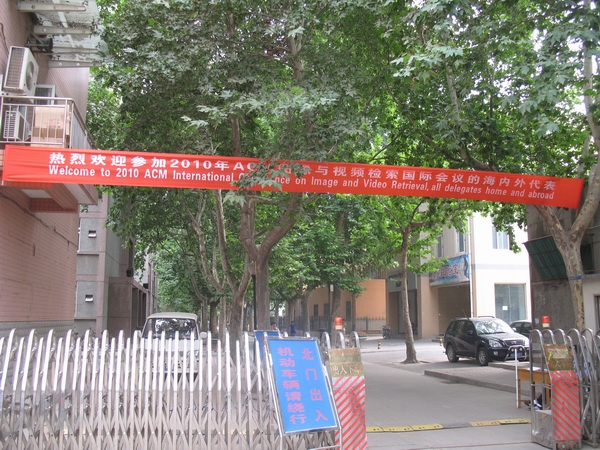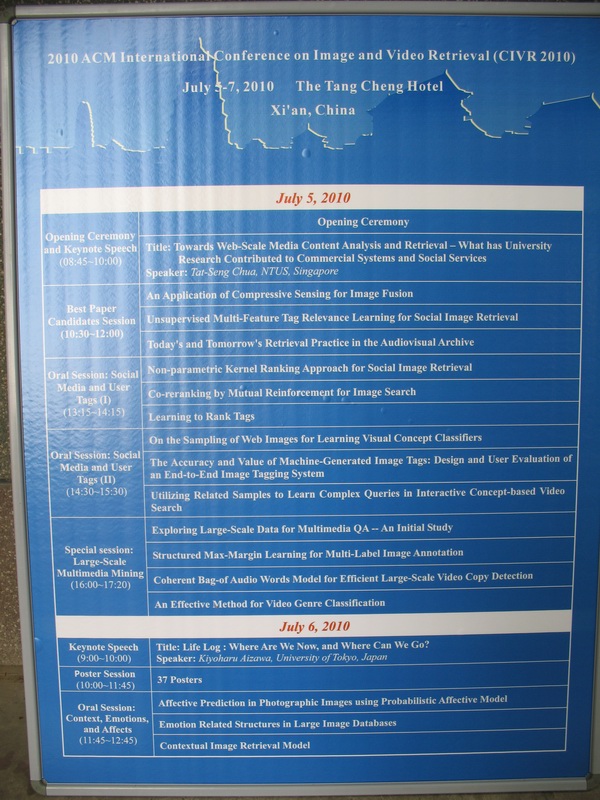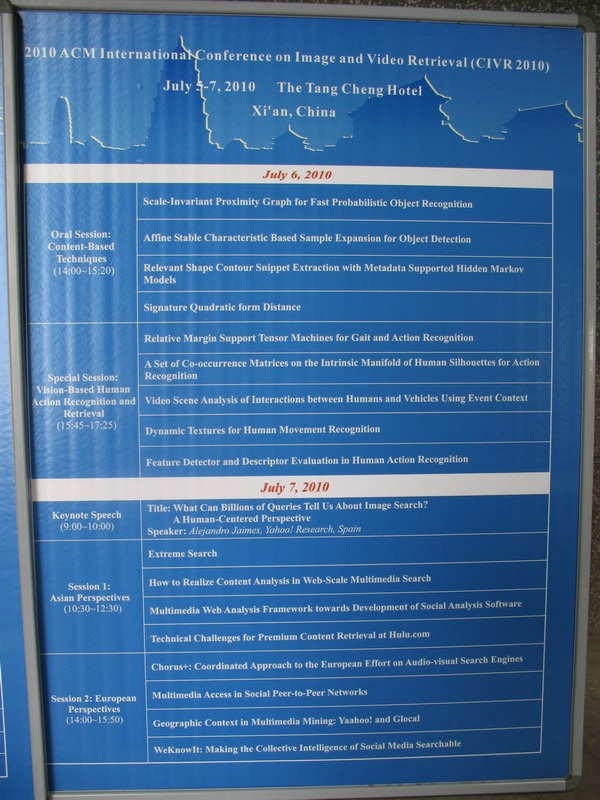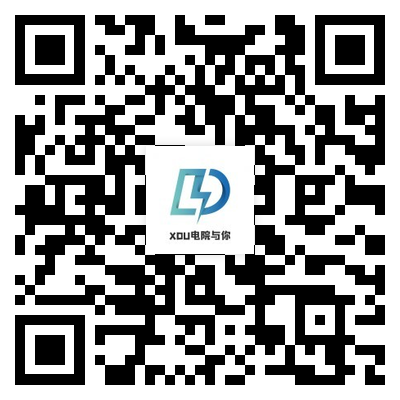西電承辦ACM國際視頻檢索會議CIVR2010今日開幕

會議日程安排 詳請見 會議網站 http://*


主題演講專家:
![]() Prof. Chua Tat-Seng, National University of Singapore >>
Prof. Chua Tat-Seng, National University of Singapore >>

Keynote Speech Title:
Contributed to Commercial Systems and Social Network Services
Speaker: Chua, Tat-Seng, School of Computing, NUS
Synopsis: With the exponential growth of media contents on the Web, the ability to search for media entities not just based on text annotations, but also visual contents, has become important. Although limited, commercial search engines, like Bing and Google image search, are now offering search services based on both text and visual contents. As commercial-scale search services require the handling of millions of media entities within interactive time, and with visibly improved performance beyond what can be done with annotated text, are research and lab technologies ready for such offerings? Has years of media content analysis research made any important contributions towards such services, and what should we focus on next to make better impact?
This talk identifies 3 research directions critical to the success of Web-scale media search – namely visual concept annotation, indexing, and interactive search strategies. This talk also describes potential contributions and synergy between advanced media research and commercial offerings, and discusses future directions.
![]()

Keynote Speech Title: Life Log : Where are We Now, and Where Can we Go?
Speaker: Kiyoharu Aizawa, University of Tokyo, Interfaculty Initiative of Information Studies and
Department of Information and Communication Engineering
Abstract: Capturing our activities in our daily life by electronic means leads to digitizing and archiving personal experiences. Making use of such "life log" data enables us to notice information that we usually tend to miss or forget in our daily life. Since recently, life log are getting increasing attention, and quite a few services related to life log are appearing. In this talk, the current status of life log technology is surveyed, and projects we have been investigating so far are introduced. Thoughts on a perspective on life log technology and applications is also addressed.
Keynote Speaker for the practitioner day

Alejandro (Alex) Jaimes is Senior Research Scientist at Yahoo! Research where he is leading new initiatives at the intersection of web-scale data analysis and user understanding (user engagement & improving user experience). Dr. Jaimes is the founder of the ACM Multimedia Interactive Art program, Industry Track chair for ACM RecSys 2010 and UMAP 2009, and panels chair for KDD 2009. He was program co-chair of ACM Multimedia 2008, co-editor of the IEEE Trans. on Multimedia Special issue on Integration of Context and Content for Multimedia Management (2008), and a founding member of the IEEE CS Taskforce on Human-Centered Computing. His work has led to over 60 technical publications in international conferences and journals, and to numerous contributions to MPEG-7. He has been granted several patents, and serves in the program committee of several international conferences. He has been an invited speaker at Practitioner Web Analytics 2010, ECML-PKDD 2010 and KDD 2009 and (Industry tracks), ACM Recommender Systems 2008 (panel), DAGM 2008 (keynote), 2007 ICCV Workshop on HCI, and several others. Before joining Yahoo!
Keynote Speech Title: What can billions of queries tell us about image search? A Human-Centered perspective
Speaker: Alejandro Jaimes, Yahoo! Research in Barcelona
Abstract: In recent years significant progress has been made in developing techniques to automatically index images using both content and related text. In spite of this, there is generally little understanding of what people do when they interact with web-scale image search engines. The main assumption is that people search, but for the most part, what images they search for and why remain largely unknown. Large-scale query logs provide a very sparse picture of users' actions, but they can be a valuable resource for gaining insights into what people are doing, how they are doing it, and why they are doing it. In this presentation I will discuss strategies for query-log analysis, and present results on analyzing a very large data set of image query logs from a web-scale search engine. I will explain why a Human-Centered approach is required in analyzing and interpreting the data, giving user search strategy examples and highlighting the implications for algorithm and user interface design. Finally, I will discuss future directions and challenges based on what we can observe from real user actions, and describe how integrating multiple sources of data (e.g., demographics, context, etc.) can help fill in the gap to gain a better user understanding.
會議 日程安排見:http://*/programe.htm


